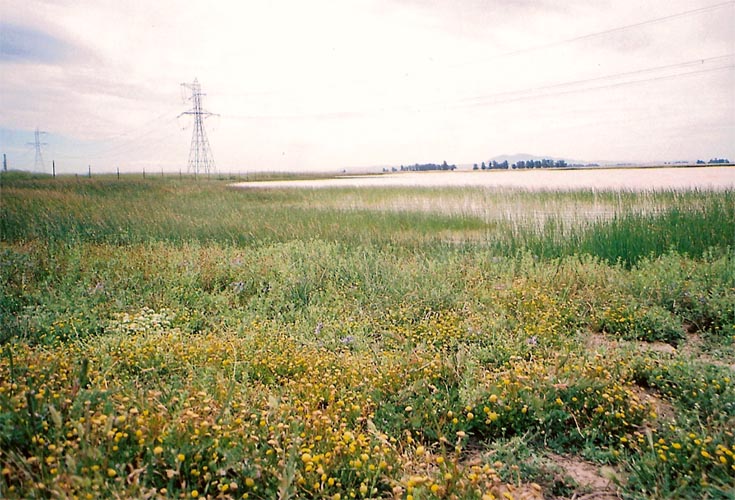
Brass buttons (Cotula coronopifolia) at the northwest edge of Olcott, the biggest pool at Jepson Prairie.
Here are pictures from a fantastic trip that Zach and I made to Jepson Prairie Reserve to see some of California's best remaining vernal pools. Vernal pools are temporary bodies of water that form in areas with impermeable soil. They fill up with winter rain, and then evaporate over the course of the spring. The decreasing water levels create different microhabitats in a series of concentric rings. California's vernal pools are home to an incredible diversity of plants, insects, and crustaceans; some species are endemic to a single pool. Vernal pools have been almost entirely wiped out by agriculture and development, but were once widespread (map) throughout California's Central Valley.
Click on any picture for a full-size version.

|
|
Brass buttons (Cotula coronopifolia) at the northwest edge of Olcott, the biggest pool at Jepson Prairie.
|
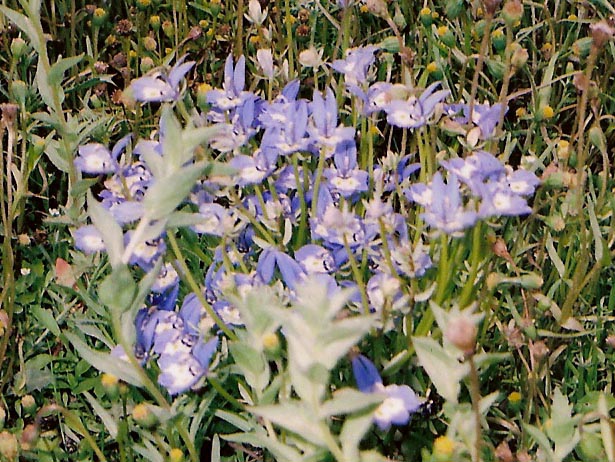
|
|
Downingia insignis (I think), one of eight Downingia species found at Jepson Prairie. For the uncropped picture click here.
|
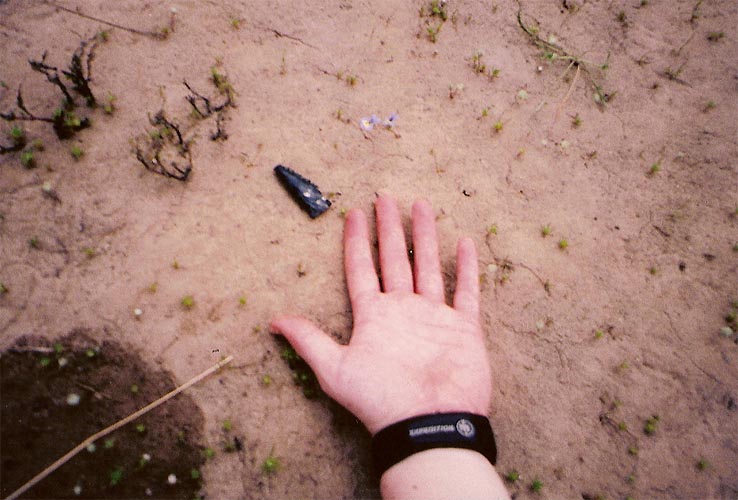
|
|
An obsidian arrowhead that we found in the dried mud of Olcott Lake. It is probably of Patwin Indian origin.
|
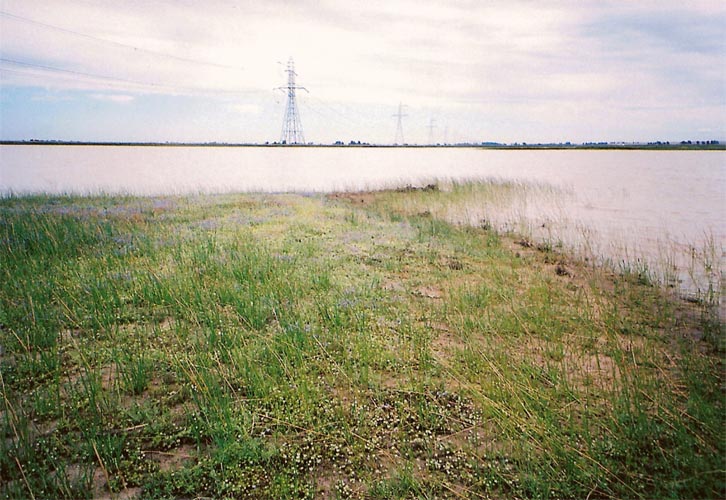
|
|
This penninsula in Olcott Lake was popular with the waterbirds, including cinnamon teal and black-necked stilts. (In this photo we've scared them all away.)
|
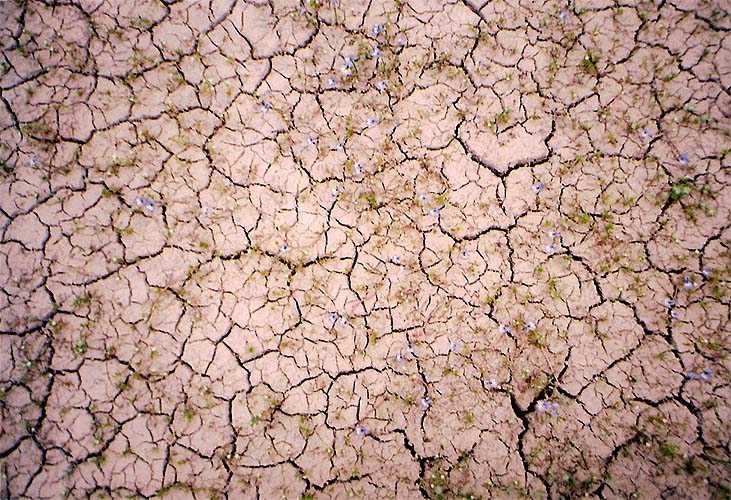
|
|
As the lake bed dries out and cracks, some brave Downingia are managing to survive.
|
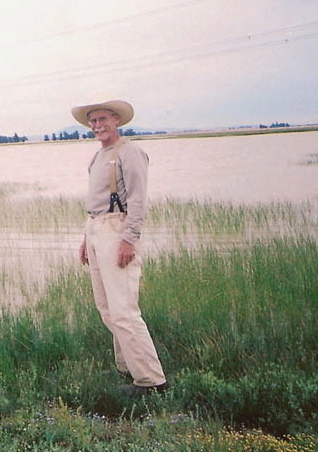
|
|
We were incredibly fortunate to run into docent Jim Steinert, who gave us permission and equipment to go hunting for tiger salamanders.
|
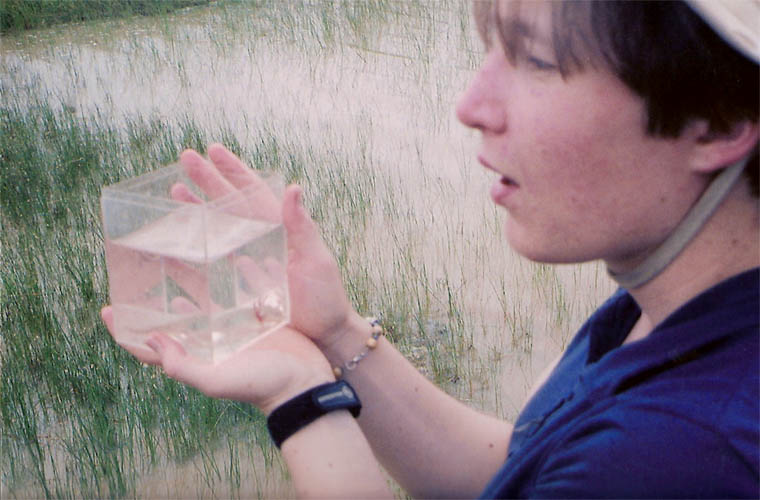
|
|
Look, we caught one! This tiger salamander was still in its aquatic, or larval, stage. It was a lovely iridescent pink with feathery gills and delicate veins.
|
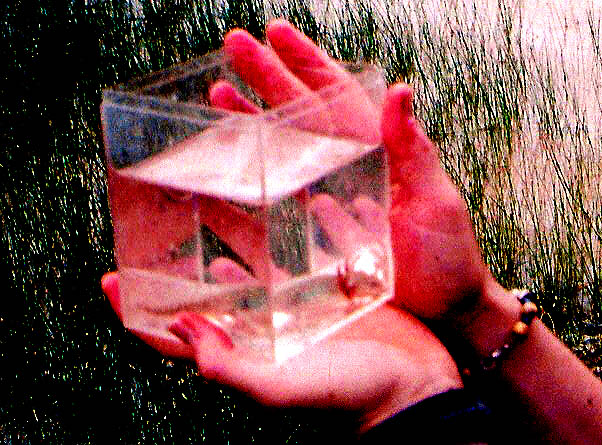
|
|
A close-up of the salamander, contrast-enhanced.
|
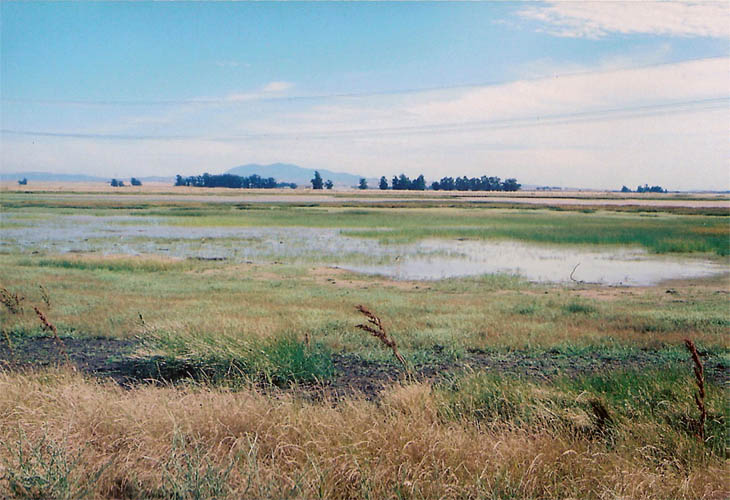
|
|
The north-east side of Olcott Lake. We saw killdeer and great blue herons in this area.
|
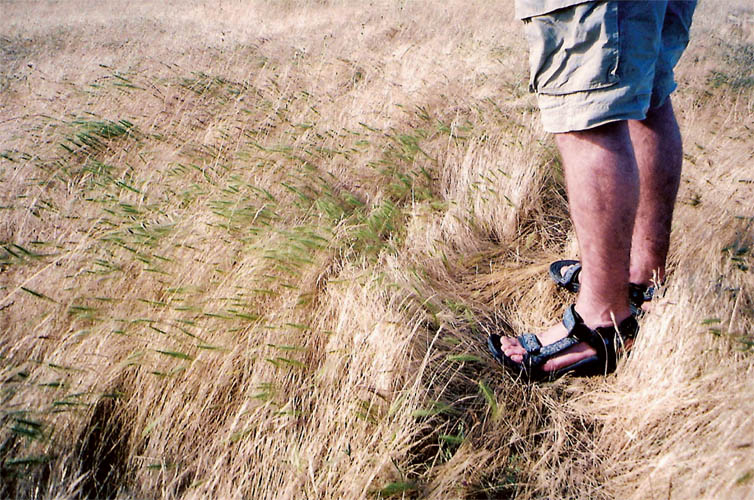
|
|
Prairie grasses in the pasture on the NE side of Olcott Lake, with Zach as scale bar.
|
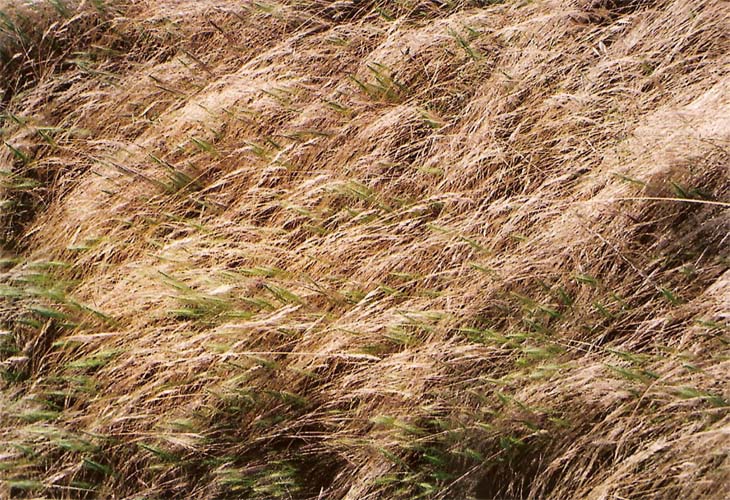
|
|
The grasses made an intricate pattern of overlapping lines which, alas, the camera could not fully capture.
|
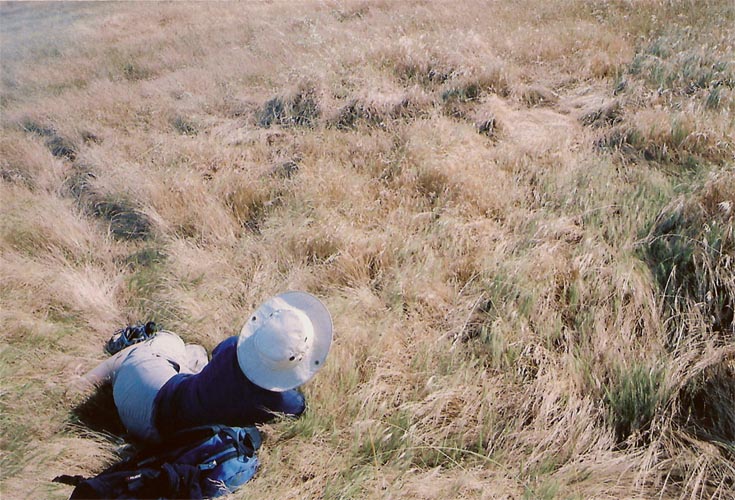
|
|
Amber is doing her best impression of Christina.
|
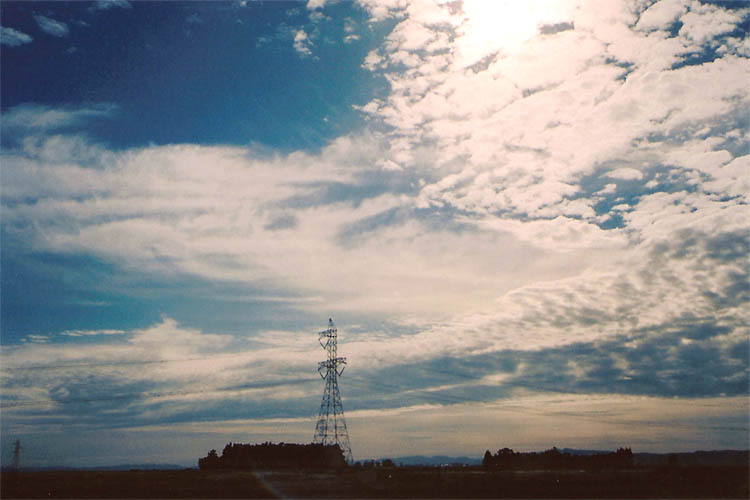
|
|
The humid grey clouds at lunchtime gave way to these lovely altocumulus later in the afternoon.
|
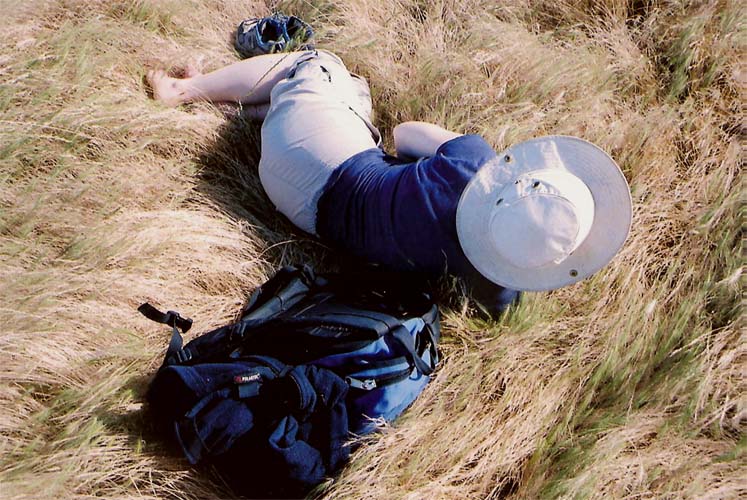
|
|
It is delightful to hide in the grass - one can imagine how a coyote would feel stalking jackrabbits! (We had seen a speedy jackrabbit just a minute earlier.)
|
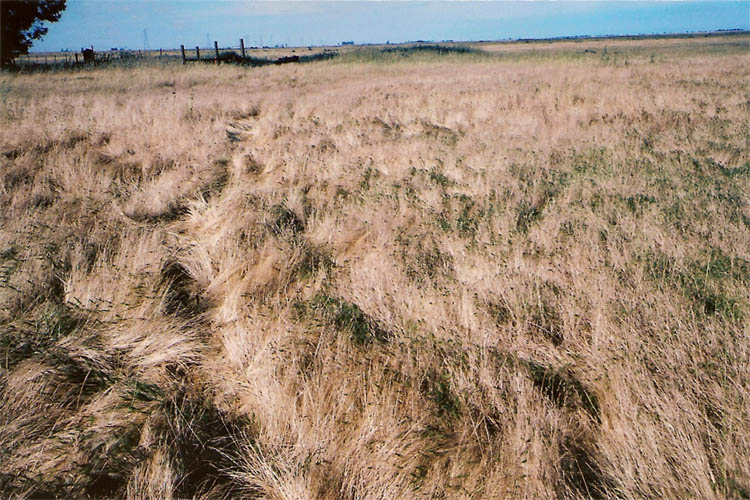
|
|
The prairie may not be as endless as it used to be, but it's still pretty big.
|
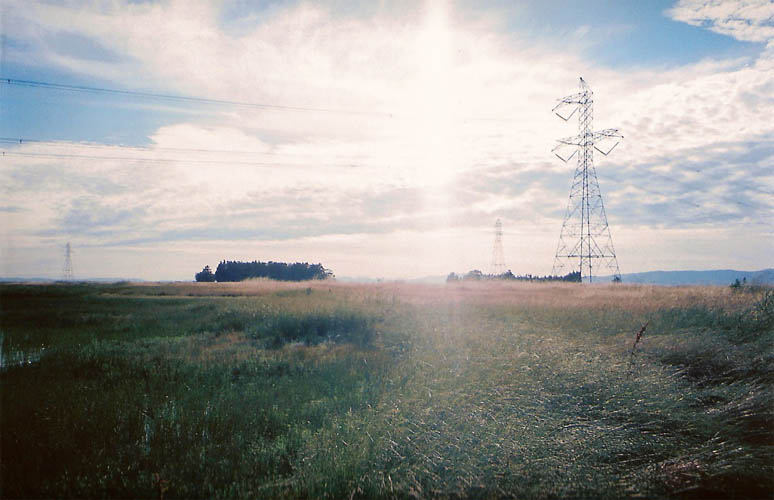
|
|
The sun is about to set - time to go home. (The dark patches are Eucalyptus trees, planted a century ago in a land development scheme, and now popular with red-tailed hawks.)
|
There were also a few pictures that didn't turn out. For the sake of completeness, they are archived here.
Thanks very much to Jim Steinert and Kate Mawdsley for all their help with this trip! Thanks also to the tadpole shrimp, clam shrimp, tiger salamanders, downingia, woolly-marbles, purple needle-grass, egrets, herons, avocets, meadowlarks, and many others who honored us with their presence.
| |
|
Last updated July 8, 2006.